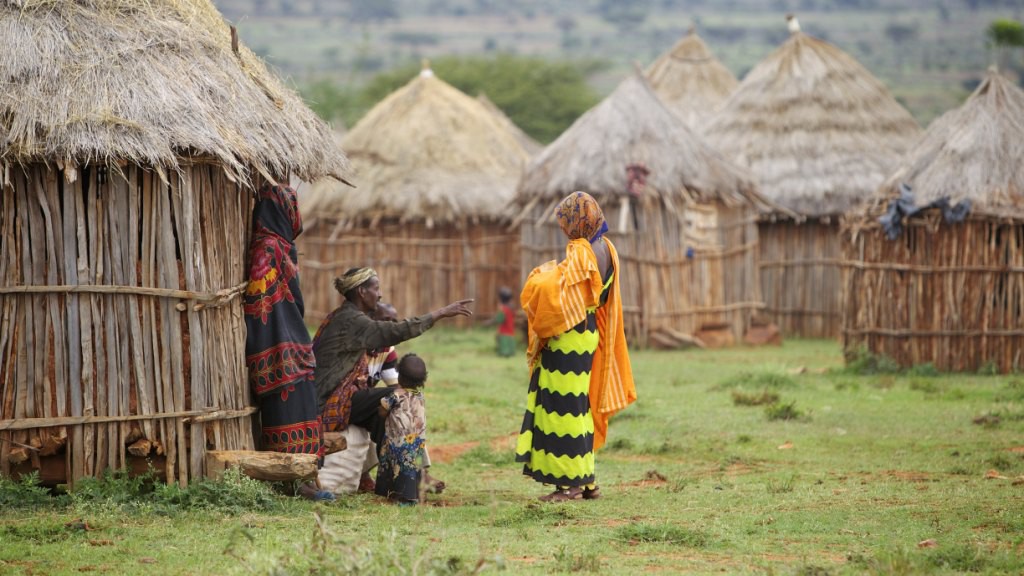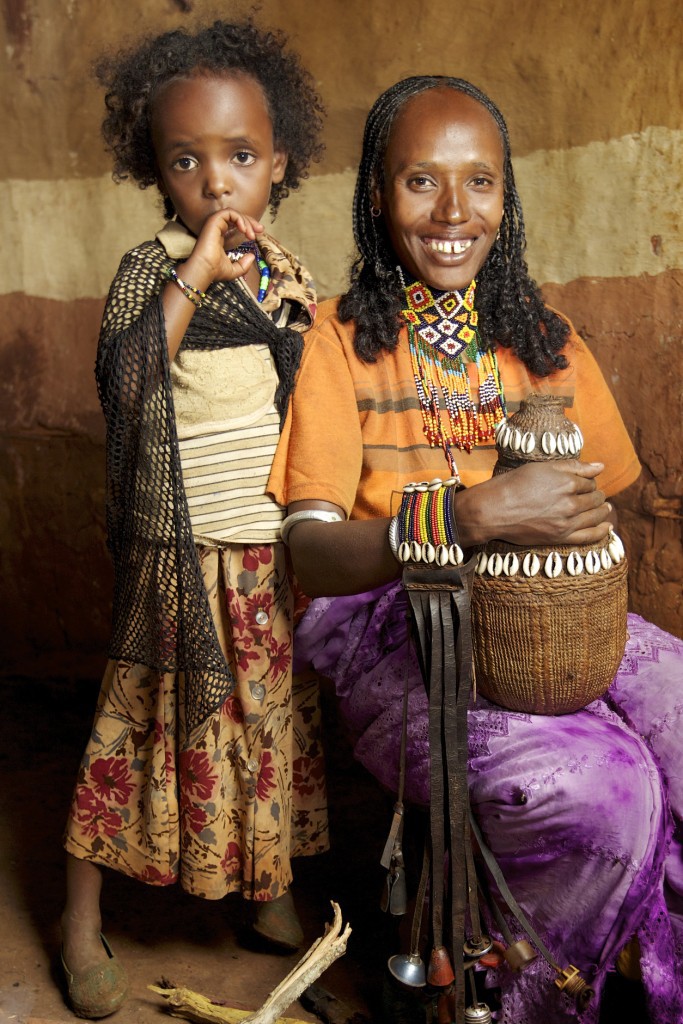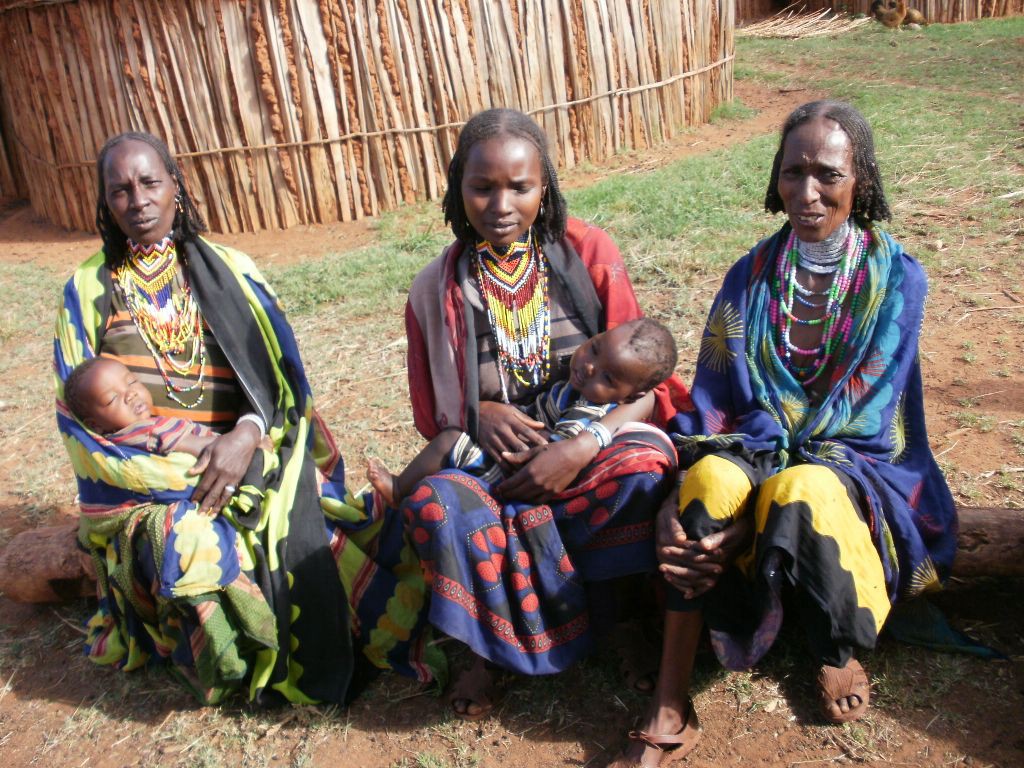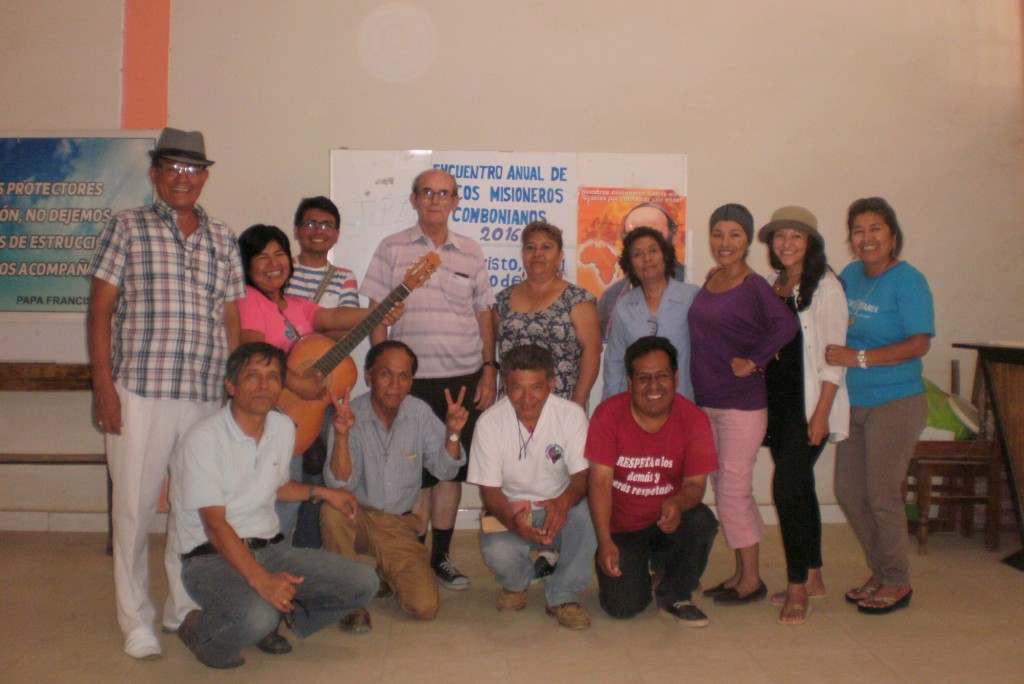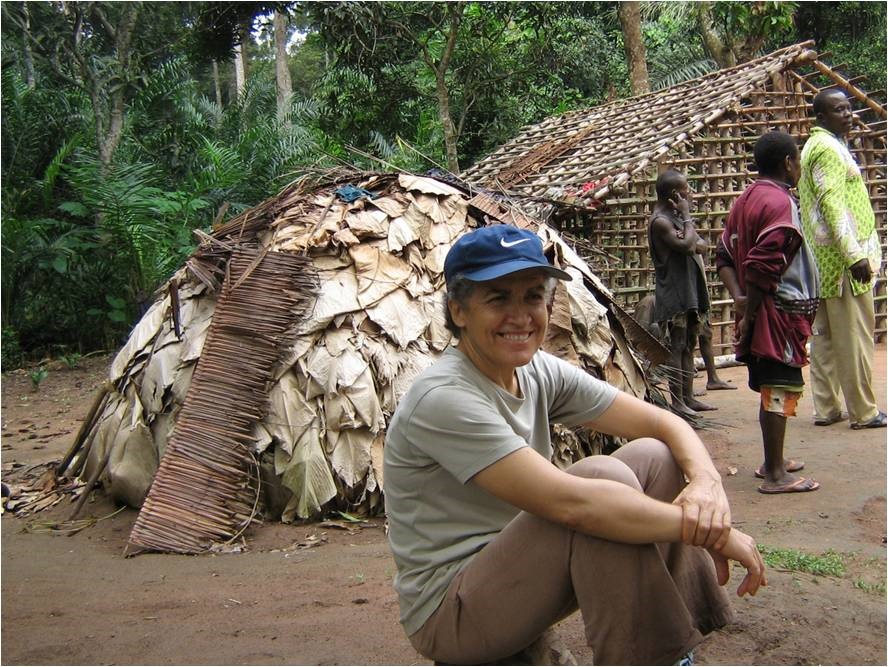 Hello everybody,
Hello everybody,
I hope you are well as your entire family.
I am in Bangui, I have arrived last night. All the apostolic community and I are well, thank God.
I pass today through the Holy Door of the Cathedral of Bangui. I was there on the opening day, but I could not get through, we went through one of the side doors. I really enjoyed going through it today.
In Central Africa was opened first the door of the Cathedral of Bangui, by the Pope, before the others! On December 20 the Holy Door of the Cathedral of Mbaiki, our diocese opened. Christmas Day opened the Holy Door of each parish. From January 17 until yesterday, the Holy doors opened in all the chapels that had door and the Blessed Sacrament was exposed in all of them for worship, in the custody that the Holy Father offered to our diocese and also offered to all other Central African´s. People were on pilgrimage on foot to the nearby chapels. We, on Sunday, went to delivered it to the parish of Safa. They came to procure us 6 km from the town and then went in procession to the church and remained in worship. The monstrance with the Blessed will visit all the parishes of the diocese until the end of “The Holy Year of Mercy”.
Since 13 December, I do not come to Bangui, there is always plenty to do in the Mission…
Since early January, a teacher and I are giving some afternoon classes to students to see if they begin to read. There are many students in CE2 (4th grade and who do not read anything). Thank God, it seems that they begin to read a little, the first few letters. With the help of God, who gives us the strength and patience to work, and the desire of the students to learn, we will get to learn. This month I was with a class during three days, but it is very difficult because students do not understand French and I do not know Sango to translate what I say. In May I will become the school principal. Pray God to help me in this new occupation.
From December 2 it has not rain, only on February 17 occurred a downpour as usual here. There were 75 days without rain … We had dry bushes, some avocado too, we will see if they still bear fruit. There were many fires in the forest and many cassava fields were burned. Many trees were burned. The atmosphere was filled with smoke, everywhere smelled like that. It was so much that made you mourn! We hope that will not cause more hunger than there are already. Thank God, it came two downpours, all nature has changed… just 34 hours, and tiny herbs came out where it seemed that everything looked dry. Truly, the water is the blood of the earth! Here the rain it calls “ngu ti Nzapa” = water of God, and it is true. Here in Bangui, it has not rained and everything is very dry… very hot!
Elia continues to care for malnourished children and not only. In January, she started going to Batalimo and found very serious cases, very sick children. When mothers do what they are asked (to give children everything it is distributed) they can recover well. When it comes to more serious cases, they are hospitalized sometime in the hospital.
Pygmies are still helped with medication when sick. Fortunately, because many would die since they have no money to buy them.
In the mission we have a home for the pygmies students, so they can better leverage school. Here they eat, sleep, go to school in the morning and during the evening come to study for one hour at the library. They are a dozen students.
Last week doctor Omnimos and his wife spent four days at the mission, as always very friendly. They operated 16 persons (adults and children). Thank God everything went well. This week they are also operating here in Bangui. If there were more people like them, the world would be better!
I wish you well-lived Lent.
United in Prayer
Kisses
Maria Augusta CLM




